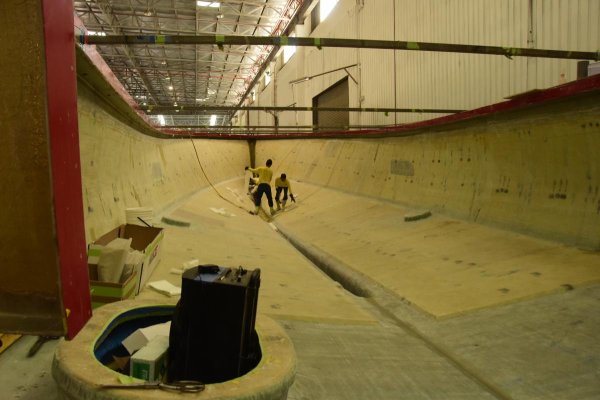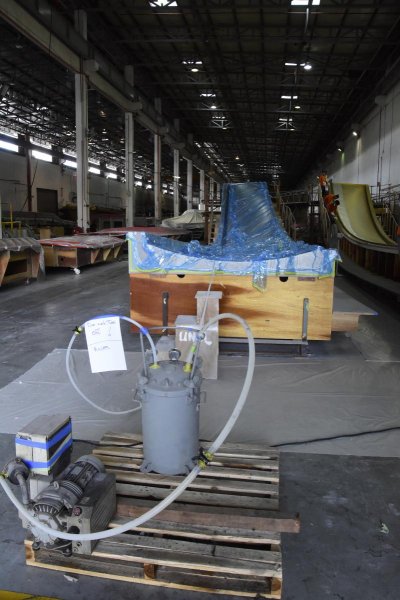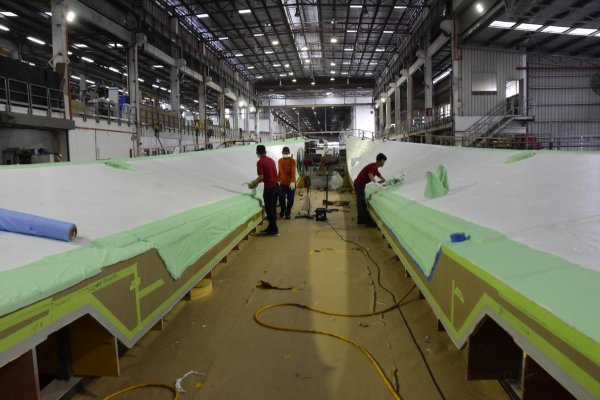Sofa King Fishy
Veteran Member
I’m literally in the same boat! Although a sailboat. I also work in the Marine Industry…here’s what I know: Nothing beats a Soda/Walnut blast to remove old paint. If it’s built up to the point of peeling off, sanding will take forever, the cost of pads will be very high, the chances of hull damage are great, and most yards prohibit open air sanding, so, that’s out.
My local yard does soda on sight- it’s a very nice, full service Marina. Most marinas utilize a mobile blasting service. The cost is $40-70 per foot. More for larger vessels, as they have great surface area to cover.
If you’re not interested in maintaining the vessel for the long term, you can continue to coat with paint & go cruise. It’s not going to hurt anything, it’ll just be less efficient- you’ll go slower, burn more fuel & your engine will work harder.
It’s not a question of an equal alternative - there isn’t one- it’s a question of how much money yiu want to spend, and how long you foresee using the boat.
My local yard does soda on sight- it’s a very nice, full service Marina. Most marinas utilize a mobile blasting service. The cost is $40-70 per foot. More for larger vessels, as they have great surface area to cover.
If you’re not interested in maintaining the vessel for the long term, you can continue to coat with paint & go cruise. It’s not going to hurt anything, it’ll just be less efficient- you’ll go slower, burn more fuel & your engine will work harder.
It’s not a question of an equal alternative - there isn’t one- it’s a question of how much money yiu want to spend, and how long you foresee using the boat.





